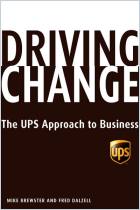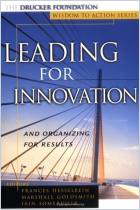加入 getAbstract 阅读摘要

加入 getAbstract 阅读摘要
Madan Birla
FedEx Delivers
How the World's Leading Shipping Company Keeps Innovating and Outperforming the Competition
Wiley, 2005
看看什么内容?
If it absolutely, positively has to get there on time, work like hell to build a great system and then constantly innovate.
Recommendation
Author Madan Birla spent 22 years with FedEx, watching its culture of innovation develop as it applied new ideas in the marketplace. Birla’s fluid writing style and his first-hand observations and insights make this an exceptional corporate story. He knows the people who built FedEx at all levels, from delivery drivers to CEO Frederick Smith. Birla focuses his book on how FedEx became a leading innovator and reshaped the global airfreight business. While many corporations give lip service to innovation and employee development, Birla says FedEx delivers the real thing, and he provides rare specifics as he shows companies in other industries how they can replicate FedEx’s successes. getAbstract.com recommends this book for executives at all levels in large and small businesses. If you absolutely, positively must learn to innovate, this book delivers.
Summary
About the Author
Madan Birla, now a corporate consultant, was with FedEx for 22 years. He was a member of the company’s long-range planning committee where he worked closely with CEO Fred Smith.




















Comment on this summary